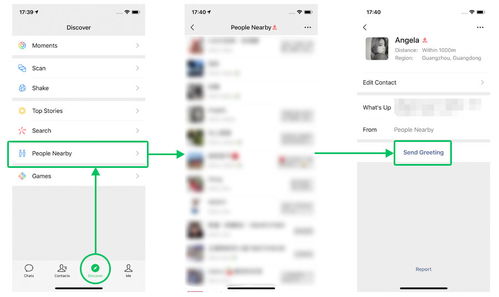How Do I Add Ads to My Website?
Adding ads to your website can be a great way to monetize your content and generate additional income. Whether you’re running a personal blog, a business website, or an online magazine, ads can help you reach your financial goals. In this detailed guide, I’ll walk you through the process of adding ads to your website, covering various aspects such as ad networks, ad formats, and best practices.
Choosing the Right Ad Network

Selecting the right ad network is crucial for a successful ad campaign. Here are some popular ad networks you can consider:
| Ad Network | Description |
|---|---|
| Google AdSense | One of the most popular ad networks, offering a wide range of ad formats and a simple integration process. |
| Media.net | Formerly known as Yahoo! Bing Network, Media.net provides high-quality ads and a competitive revenue share. |
| AdThrive | Best suited for high-traffic websites, AdThrive offers premium ad placements and a dedicated account manager. |
| Affiliate Networks | While not traditional ad networks, affiliate networks can be a great way to monetize your website through product promotions. |
When choosing an ad network, consider factors such as the types of ads they offer, the revenue share, and the ease of integration.
Understanding Ad Formats

Ad networks provide various ad formats, each with its unique characteristics. Here are some common ad formats you can consider:
- Banner Ads: These are the most common ad format, typically displayed at the top, bottom, or sides of a webpage.
- Interstitial Ads: Full-screen ads that appear between content or when a user navigates to a new page.
- Native Ads: Ads that blend in with the content of your website, providing a more seamless user experience.
- Video Ads: Short video ads that can be displayed before, during, or after your content.
- Pop-under Ads: Ads that open in a new browser window or tab when a user clicks on a link or performs a specific action.
When selecting ad formats, consider your audience and the overall user experience on your website. It’s essential to strike a balance between monetization and providing a pleasant experience for your visitors.
Integrating Ads into Your Website

Integrating ads into your website is relatively straightforward, but there are a few steps you need to follow:
- Sign up for an Ad Network: Create an account with the ad network of your choice and follow their onboarding process.
- Generate Ad Codes: Once your account is approved, generate ad codes for the desired ad formats.
- Choose the Right Placement: Decide where you want to display the ads on your website. You can use HTML or a content management system (CMS) to insert the ad codes.
- Test and Optimize: Monitor the performance of your ads and make adjustments as needed to improve their effectiveness.
When inserting ad codes, ensure that they are placed in a way that doesn’t disrupt the user experience. Avoid cluttering your website with too many ads, as this can lead to a negative user experience and potentially lower ad revenue.
Best Practices for Ad Management
Managing your ads effectively is crucial for maximizing your revenue. Here are some best practices to keep in mind:
- Monitor Performance: Regularly check the performance of your ads, including click-through rates (CTR) and earnings.
- Optimize Ad Placement: Experiment with different ad placements to find the most effective locations on your website.
- Keep Ads Relevant: Ensure that the ads displayed on your website are relevant to your content and audience.
- Limit Ad Overload: Avoid cluttering your



